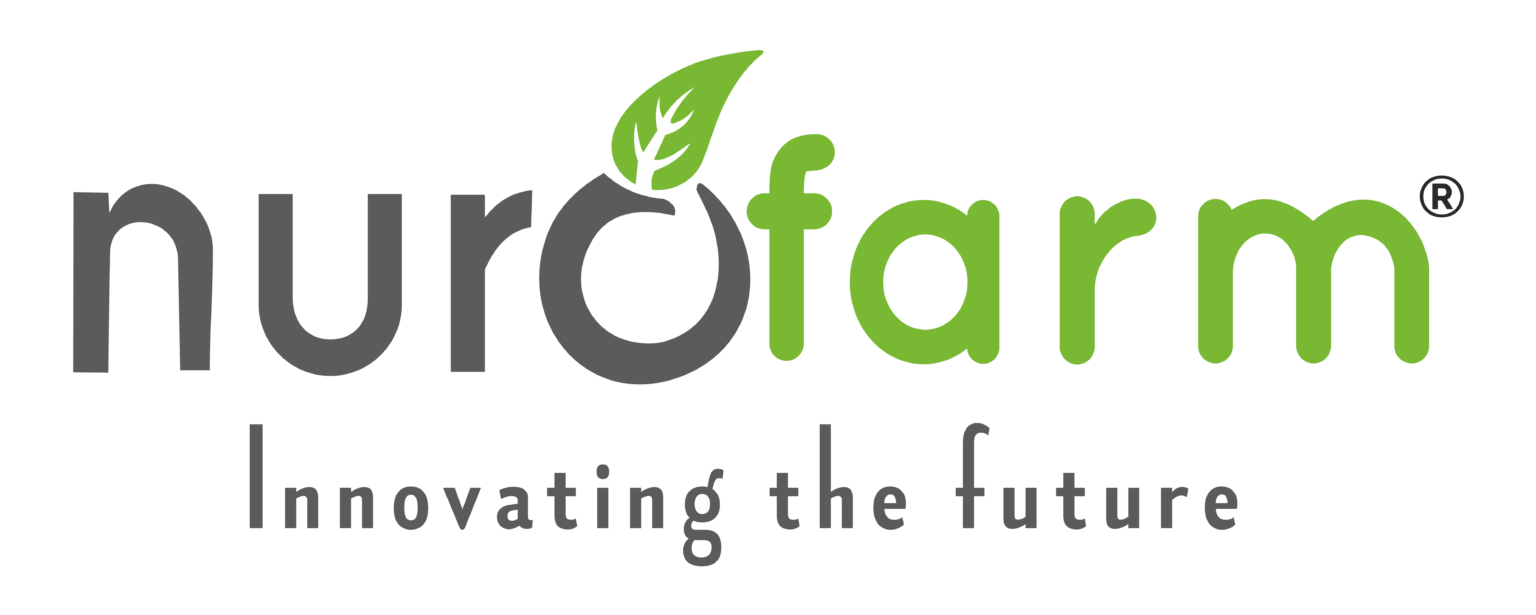Sustainable Fertilizer Practices: Protecting Soil and the Environment

Sustainable Fertilizer Practices in agriculture is more than just a trend—it’s essential for the future of farming, food security, and the health of our planet. One of the most effective ways to promote sustainability is through responsible fertilizer use. By following science-backed practices like the “4Rs”—using the right fertilizer source, at the right rate, at the right time, and in the right place—farmers can achieve higher yields while protecting soil health and minimizing environmental impact.
This blog explores why responsible fertilizer management matters and how you can implement the 4Rs on your farm for better productivity and a healthier environment.
Why Responsible Fertilizer Use Matters
Fertilizers are crucial for replenishing soil nutrients and supporting strong crop growth. However, improper use—over-application, using the wrong type, or poor timing—can lead to:
- Nutrient runoff into rivers and lakes, causing water pollution
- Loss of valuable soil fertility and organic matter
- Increased greenhouse gas emissions
- Harm to beneficial soil microbes and biodiversity
Adopting sustainable fertilizer practices means maximizing crop productivity while safeguarding the environment for future generations.
Introducing the 4Rs of Fertilizer Stewardship
The 4Rs framework is a globally recognized guideline for best fertilizer management. It helps farmers apply fertilizer in a way that is efficient, effective, and environmentally friendly. Here’s what each “R” stands for:
1. Right Source
Choosing the right fertilizer type for your soil and crop needs.
- Consider the nutrient content and release pattern (organic vs. synthetic, slow-release vs. fast-acting)
- Match fertilizer form (granular, liquid, foliar) to crop requirements and farm practices
- Assess if your crop needs macro-nutrients (N, P, K) or micro-nutrients (zinc, iron, magnesium)
Example:
For sandy soils prone to nutrient leaching, a slow-release fertilizer or organic amendment may be more suitable than quick-release types.
2. Right Rate
Applying the right amount of fertilizer—no more, no less.
- Base application rates on soil testing and crop nutrient needs
- Avoid “more is better” thinking—over-fertilization wastes money and harms soil and water
- Regularly monitor plant health and adjust application rates accordingly
Example:
A soil test shows a phosphorus deficiency; apply only the amount required to correct the deficiency—nothing extra.
3. Right Time
Timing fertilizer application to match plant growth and minimize losses.
- Apply nutrients when crops can use them most efficiently (e.g., at planting, before flowering)
- Avoid fertilizing before heavy rain, which can wash nutrients away
- Consider split applications for high-demand crops to reduce loss and increase uptake
Example:
Applying nitrogen in two doses—one at planting and one at early growth—ensures crops receive nutrients when they need them most, reducing runoff risk.
4. Right Place
Placing fertilizer where plants can access it, not where it’s likely to be lost.
- Use banding, side-dressing, or targeted application to place fertilizer close to plant roots
- Incorporate fertilizers into the soil rather than broadcasting on the surface
- For foliar applications, ensure even coverage and correct dosage
Example:
Placing phosphorus fertilizer in bands 5–7 cm below the seed improves root access and reduces loss to the environment.
Benefits of 4R Nutrient Stewardship
Implementing the 4Rs doesn’t just protect the environment—it also delivers real benefits for your farm:
- Boosted Yields: Plants get the nutrients they need when and where they need them, supporting healthy growth and higher productivity.
- Cost Savings: Avoiding unnecessary fertilizer applications reduces input costs.
- Soil Health: Responsible practices maintain soil structure, organic matter, and beneficial microbial life.
- Reduced Pollution: Proper application minimizes nutrient runoff and leaching, protecting waterways and reducing greenhouse gas emissions.
- Regulatory Compliance: Many regions are moving toward stricter nutrient management laws; 4R practices help you stay ahead.
Practical Tips for Sustainable Fertilizer Management
- Test your soil every season to track nutrient levels and adjust fertilization plans.
- Keep detailed records of fertilizer types, amounts, and timing.
- Use cover crops and crop rotation to improve soil health and reduce fertilizer needs.
- Recycle organic waste like crop residues, manure, and compost as part of your nutrient plan.
- Invest in precision agriculture tools—such as GPS-guided spreaders or soil sensors—to optimize application.
Frequently Asked Questions
Q: Can sustainable fertilizer practices work on large-scale farms?
A: Yes! The 4Rs are scalable and supported by technology. GPS-guided machinery, drones, and soil sensors help large farms apply nutrients with pinpoint accuracy.
Q: Are organic fertilizers always better for the environment?
A: Not always. While they build soil organic matter, any fertilizer can cause environmental harm if misused. The 4Rs apply to both organic and synthetic fertilizers.
Q: How do I know which fertilizer is the “right source”?
A: Consult soil tests, crop requirements, and local extension services—or talk to Nurofarm experts for tailored advice.
Conclusion: Grow More, Sustainably
Sustainable fertilizer practices aren’t about choosing one type over another—they’re about using every input responsibly. By following the 4Rs, you can increase yields, cut costs, and protect the environment. This approach supports your farm’s productivity now and builds a healthier soil for future generations.
Ready to put the 4Rs into action?
Explore Nurofarm’s full range of fertilizers and contact our experts for a personalized nutrient management plan. Together, let’s farm smarter, more sustainably, and for a greener tomorrow.

